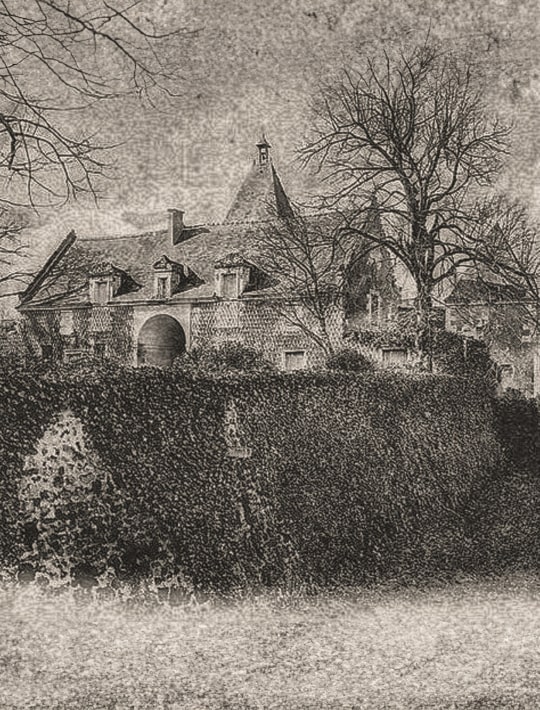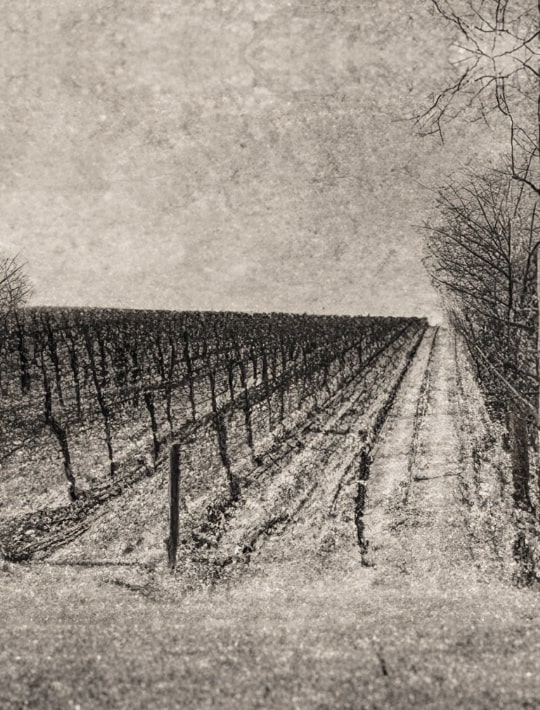
Privatization of a family Chateau in Chissay-en-Touraine
Château de la Ménaudière invites you to set down your bags and enjoy a relaxing break in the heart of nature, in an exceptional location.
The Château de la Ménaudière, a haven of peace and freedom!
One of the authentic Châteaux of Loir-et-Cher (41), the Château de la Ménaudière estate is located in Chissay-en-Touraine, in a 26-hectare valley spread over a clearing of hundred-year-old oaks.
Put down your suitcases, settle in, and enjoy a rejuvenating stay.
A green setting, a welcoming team and quality service for a relaxing and soothing interlude.
The estate
Entirely renovated as a family chateau, the estate comprises a Château and a Porterie that can accommodate up to 40 guests in 21 rooms.
The Cour d'Honneur, bordered by a dry moat, is planted with 4 magnificent plane trees surrounding the fountain.
Whether you're staying in the Château or in the outbuildings, greenery and nature are everywhere.
Our facilities for a better stay at Château de la Ménaudière
Château de la Ménaudière offers its guests the opportunity to bring together friends, family and colleagues in a unique setting:
- A park in the heart of nature,
- An outdoor swimming pool with solarium
- A tennis court
- Bicycle storage
- A heliport.
- A helipad for hot-air balloon launches
- Ample private parking for buses and cars
- A seminar room with wifi
- A reception room.

The history of La Ménaudière
In the past, the Ménaudière site was known as la KAËRIE.
From 1443 to 1650, the Domaine de la Kaërie was owned by the Briconnet family. Jean Briconnet was Secretary to the King under Charles VII and Louis XI, Receiver of Finances and first Mayor of Tours. A pious and good man, he was nicknamed “the Father of the Poor”. On the tip of the Kaërie rock, a medieval building already existed in the Middle Ages. It is likely that the thick foundations supporting the two square towers, the porch and the entrance buildings date from this period.
Over the course of two centuries, the Briconnets made numerous modifications to the buildings. After demolishing the old building, they built the Château and added a chapel. Defense ditches were dug. One of the heirs, Catherine Briconnet, nicknamed “La Bâtisseuse”, was the wife of Thomas Bohier, builder of the first Château de Chenonceau buildings.

In 1650, the estate became the property of Michel Gaillard, Seigneur de la Ménaudière.
From that time onwards, the name Kaërie disappeared. This family owned the estate until 1770.
In 1770, the Marquis de l'Escure, Maréchal de camp in the King's years, bought la Ménaudière.
In 1788, the estate was sold to Baron de Préaux, husband of Julie Le Vayer.
On their death, the Domaine de la Ménaudière passed to their nephew, Monsieur De Ferrière.
In the last century, this family carried out a great deal of work. Cellars were dug out of the rock beneath the Château, and a vineyard was planted on the slopes. The Château was restored. Stables were built in the meadow.
In 1961, the last heir, the Marquis De Ferrière Le Vayer,
decided to sell the Ménaudière estate and its dilapidated Château to the Mutuelle Générale de l'Enseignement.
Today, what remains of this beautiful ensemble that has defied the centuries?
A long driveway lined with old oak trees leads to the main entrance buildings. In the center, a square construction that housed the drawbridge retains the defensive machicolations.
Upstairs was the chapel. On either side, two small square towers probably completed the surrounding wall.
Outside, a handsome round tower with a peppered roof has replaced the former dovecote. A wooden bridge crosses the moat and leads to the Romanesque porch, which opens onto the Cour d'Honneur in front of the Château.
It's a beautiful Renaissance building, classic and sober,
sans décorations excessives, les façades sont percées de fenêtres à meneaux et la toiture est allégée par une rangée de lucarnes et de hautes cheminées. Dans la grande salle à manger du rez-de-chaussée, on remarque un magnifique plafond du 18ᵉ siècle aux solives peintes ainsi qu'une cheminée monumentale sculptée aux armes des De Ferrière Le Vayer.
Parfaitement restauré dans le style des « Bâtiments de France », cet ensemble est maintenant aménagé en hôtel trois étoiles. Il accueille désormais une clientèle désireuse de trouver un moment de repos dans le cadre raffiné d'un Château véritable.
Book your stay!
To enjoy a pleasant stay in a Renaissance Château near Tours and Amboise, don't hesitate to make a reservation:









